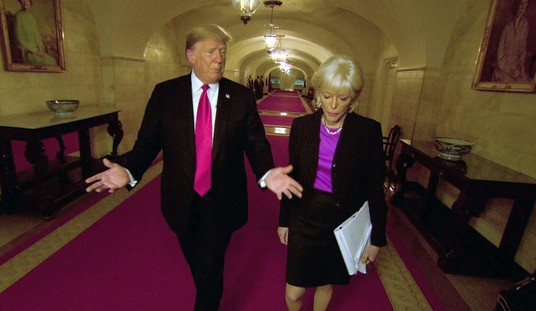WASHINGTON -- If an author can't make the Oprah cut, the next best thing may be getting censured by a university.
Ever heard of Todd Tucker?
Didn't think so. Obviously, some have because he has books and readers. But he's not Michael Crichton or John Grisham.
Yet.
Tucker's name recently surfaced beyond Amazon's pages when one of his books sparked an investigation at Indiana University-Purdue University Indianapolis (IUPUI) because a janitor was reading it.
So you're thinking, this book must have been pretty bad. Something like "Poached Puppies and Other Pet Recipes" or "What's So Wrong With Necrophilia?"
No, the book was a nonfiction account of a real incident in American history -- "Notre Dame vs. the Klan: How the Fighting Irish Defeated the Ku Klux Klan" (Loyola Press).
The current controversy began last fall when Keith John Sampson, a student and university employee in his 50s, was reading Tucker's book during a break from his janitorial duties.
Wrong place, wrong time, wrong book.
On the basis of the cover alone, a co-worker sitting across from Sampson complained that the book was offensive. The cover shows the Notre Dame dome and two burning crosses amid a crowd of robed and hooded Klansmen.
The pages inside tell the story of a 1924 street fight between Notre Dame students and Klansmen, who had gathered in South Bend purposely to terrorize the university's Catholic students. The clash lasted two days, during which the fighting Irish prevailed, and is recognized as a turning point in Klan history.
Recommended
But never mind. The co-worker apparently wasn't interested in the content. The cover art was deemed traumatizing enough to prompt the shop steward to reprimand Sampson, saying that reading a book about the Klan was comparable to bringing pornography into the workplace.
A few weeks later, Sampson heard from the school's affirmative action office that a racial harassment complaint had been filed against him. In a November 2007 letter, affirmative action officer Lillian Charleston told Sampson that he demonstrated "disdain and insensitivity" to his co-workers.
"You used extremely poor judgment by insisting on openly reading the book related to a historically and racially abhorrent subject in the presence of your black co-workers."
The letter also noted that by the "legal 'reasonable person standard,' a majority of adults are aware of and understand how repugnant the KKK is to African-Americans." Sampson was ordered not to read the book in the presence of his co-workers.
Charleston is right that reasonable people know how repugnant the KKK is to African-Americans. But reasonable people also know how repugnant the KKK is to people of all races. Reasonable people also know that history is what it is. Reading about it isn't an incitement to riot or an endorsement of the bad guys.
Following a few weeks of relatively quiet controversy, a smattering of media reports and chatter in the blogosphere, Sampson received another letter from the affirmative action office saying that no determination could be made as to whether his reading choice was intentionally hostile. Therefore, no disciplinary action would be taken.
This time, Charleston insisted that the university doesn't restrict reading materials and that she was merely addressing "the perception of your co-workers that you were engaging in conduct for the purpose of creating a hostile atmosphere of antagonism."
"Of course, if the conduct was intended to cause disruption to the work environment, such behavior would be subject to action by the university," she wrote.
Was Sampson being intentionally hostile and antagonistic?
One might argue that he was inconsiderate to continue reading the book once he realized others found it distasteful. Maybe Sampson has bad manners, but if bad manners are our new standard for disciplinary action, everybody's under arrest.
You see, meanwhile, how vexing mind reading can be.
Yet, mind reading was the crux of this case and scores of others where the interpretation of speech codes hinges on unanswerable questions that require the power of divination: What was he thinking? What was she feeling?
And who decides what thoughts are acceptable and which feelings are sacrosanct?
A reasonable person might like to flip the question Charleston posed about whether Sampson's book choice was intentionally hostile as follows:
What could be more hostile in a university environment than investigating a student's reading choices on the basis of a bystander's perceptions? That's not just hostile, but sinister.
To read is sublime; but to read a mind is tricky.

























Join the conversation as a VIP Member